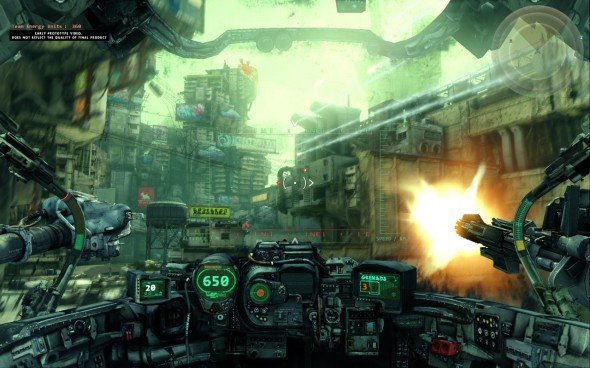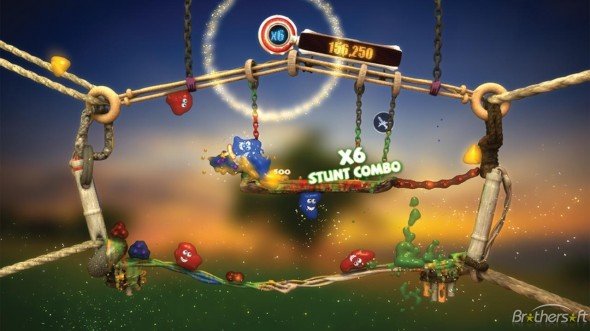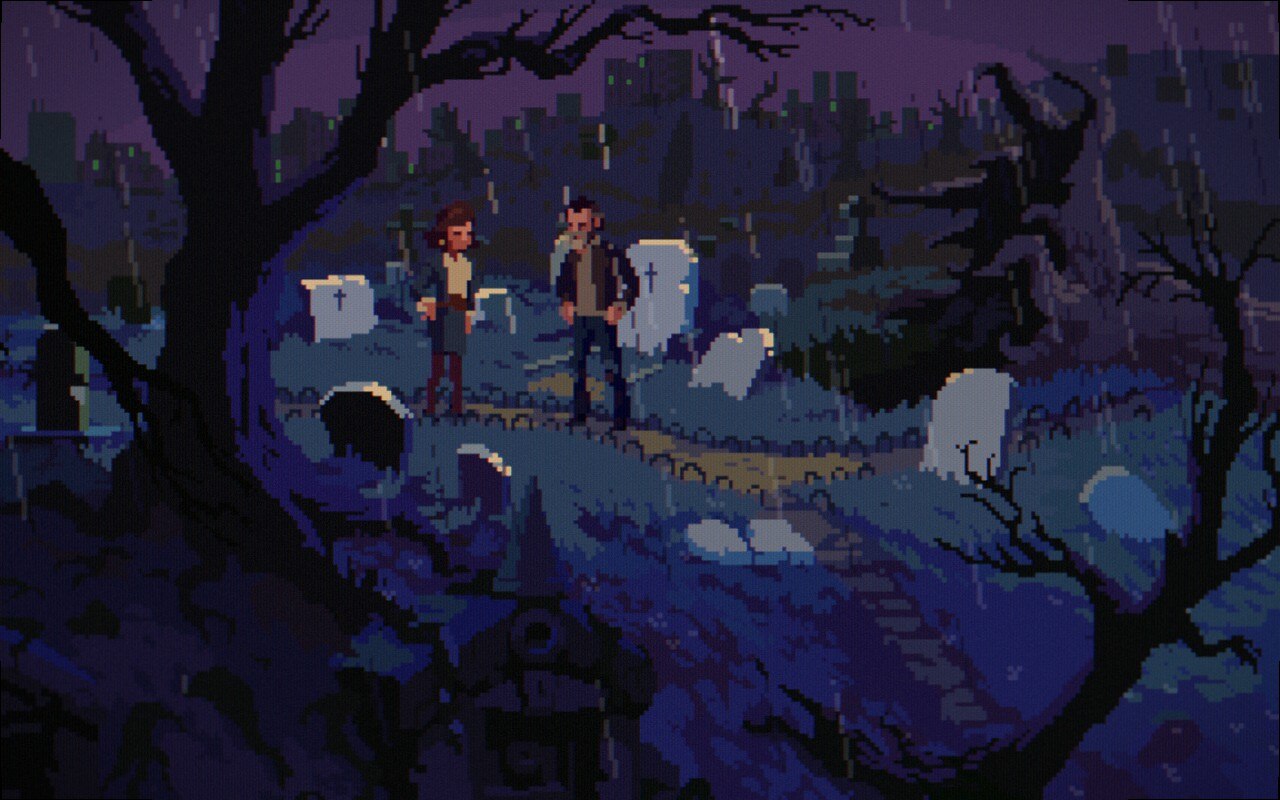The future of indie

Just look at Hawken. If ever there was a game that undermined the notion of what an independently developed project can achieve, it's Adhesive Games' mech shooter. Every bone in my body tells me a small studio should not be able to pull off such a gorgeous, robot-stomping shooter, but there it is, megabots hanging in the air, spitting rockets at each other across maps that look like they've come out of Epic or Valve.
But I'm getting used to indie games surprising me: freedom to create without interference from the men in suits is the reason their developers go into this murky, unfunded realm, trading security for the chance to follow their own path. Every developer in this list has taken the opportunity to make exactly what they want to make, using that freedom to create some startlingly original games that simply wouldn't be made if they had a deadline to hit and had to justify every decision.
These games only exist because someone passionately wanted to bring them into the world, and it really, really shows.
Hawken

You've seen the likes of FPS Terminator, so you probably know already that when garage developers think big, they no longer have to make small. Those triple-A values that cost millions to imagine, millions more to make and whatever's left to advertise do not, it turns out, cost anything like as much as you may think. All it takes, says nine-man LA outfit Adhesive Games, is a computer and the freedom to use it.
Made using Epic's Unreal Development Kit, the self-funded Hawken is one of those games where the concept art looks incredible until you click on it and realise it's an in-game trailer. It's that good, depicting massive robots at war in a world of supermassive structures, leaping whole city-blocks in single bounds. Moreover, as a game devoted to multiplayer rumble, it thinks it's found an escape route from the genre's lifelong niche, running straight down the middle between East (Armored Core, Virtual On) and West (the legendary MechWarrior).
The problem with the former is that all that uninhibited side-dashing and leaping can make the mechs look like ill-advised cosplay outfits wrapped around Call of Duty characters. There's no weight, no sense that breakdancing in a machine the size of Selfridges might, for one thing, use an awful lot of petrol. Then there's the MechWarrior/ Chromehounds extreme, which Adhesive creative director Zhang Le describes as “circling each other until someone dies”. It just ain't happening in Hawken.
Keep up to date with the most important stories and the best deals, as picked by the PC Gamer team.
Believe it or not, Adhesive see this more as something Halo-esque: fast, but not so much that you never see your enemy till you're dead; hefty, but not to the point when it's stuck halfway between a tank simulator and a card game, relying on choices more than reflexes. It's about every player getting at least 15 seconds of battle in every exchange, the winners being those who don't just know when to zig and zag their mechs, but know to keep enough fuel in the tank. You can boost your way across its giant cities to get straight to the action, sure, just in time to flop into your coffin.
Who, though, will get Hawken first? We're told that “all the major publishers” have tried to snap it up, yet Adhesive don't even know if it needs a publisher. And it's a multiplatform download title aimed at PC, PS3 and Xbox 360 – but no one knows where it's headed first, developers included. Our suggestion: drop the actual machines on each other and let the stompiest robot win. We'll bring the Cooler Master.
Confetti Carnival

Every now and again, a physics puzzle game comes out that's charming and full of personality. So where Peggle and World of Goo bounced, Confetti Carnival follows.
You control blobs of smiling, happylooking goo, flicking them across the levels to detonate colour-coded bombs. But it's more subtle than just hitting them: it's the goo ball's internal fluid that sets the explosions off, and you need them to dribble this noxious brew onto the bombs to set them off. A direct hit rather unhelpfully scatters the bombs far and wide about the level, so your aim is to burst the goo above the target to keep them in place. This is the sort of twisted condition that gives you nightmares.
Thankfully, with each completed level you'll get new abilities. As you progress through this little blinder, you'll be able to subtly guide your character through the air, burst into multiple patches of liquid to get a wider coverage, and reverse time. It's like liquid ninjitsu.
QUBE

Most first-person puzzle games can be described as 'Portal-esque', but QUBE really, really reminds us of Portal. In QUBE, (the letters stand for Quick Understanding of Block Extrusion, would you believe) the levels are self-contained rooms consisting of moveable walls that make architectural puzzles the player must traverse.
You use the gloves like a conductor: waving hands over the colour-coded blocks, using their various effects to manipulate the environment. So, the red blocks that cunningly look like someone's sliced stairs off the wall can be dragged out to make those stairs. It gets increasingly complicated, with the player dragging out blocks that fling you across the level, bounce balls around, even manipulating the whole floor, and tilting it to move a ball around the maze-like floorspace.
It's a smart game for an indie dev to make: the art style looks expensive and all they need to do is come up with plenty of challenging puzzles within the framework they've created. It's looking good.

